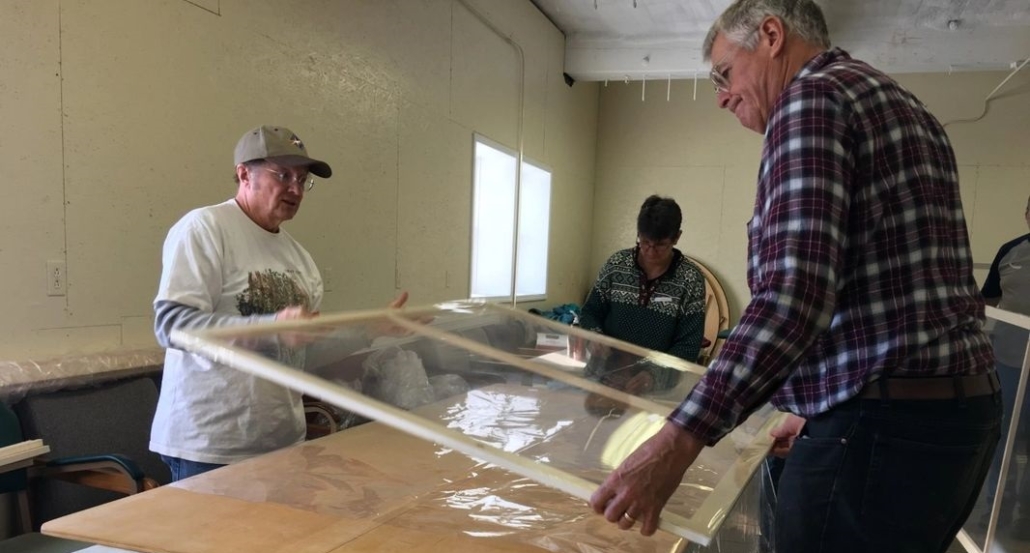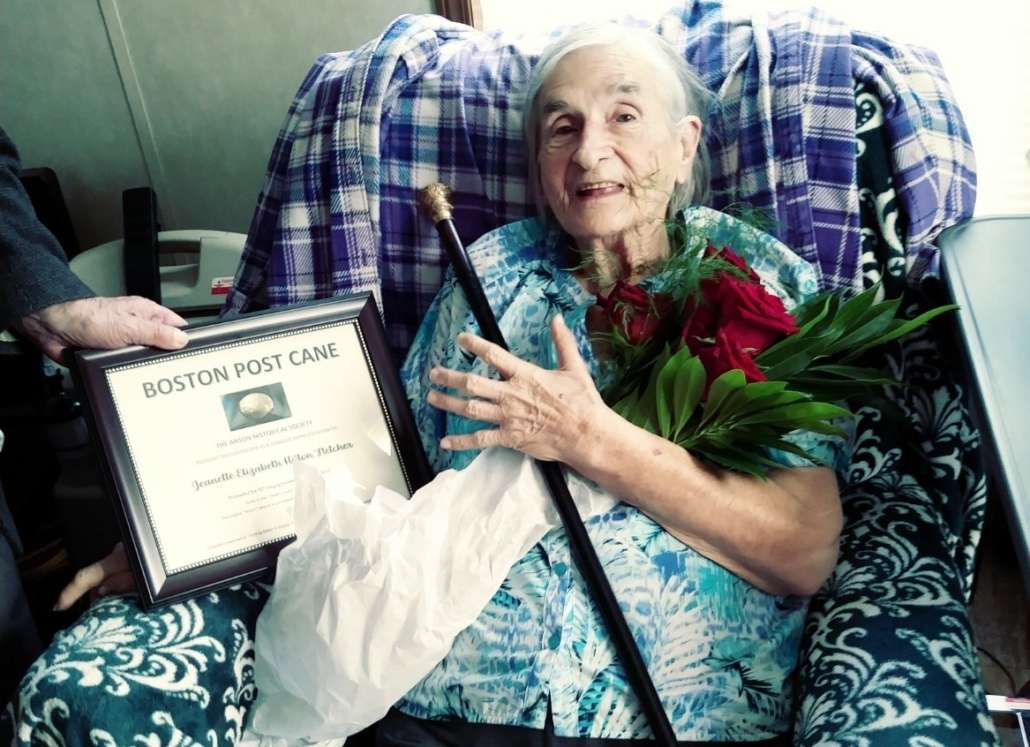China planners postpone action on solventless hash lab
 Daycare expansion approved
Daycare expansion approved
by Mary Grow
At their Oct. 25 meeting, China planning board members postponed action on Bryan Mason’s application, and scheduled a public hearing when they return to it on Nov. 22. They approved Angela Glidden’s application.
Mason applied for what he and codes officer Nicholas French considered a change of use for a shipping container, on Mason’s property at 1144 Route 3 (right next to M. A. Haskell Fuel Company, he said).
Mason said the container had been used for storage. He plans to convert it to a solventless hash lab.
A solventless hash lab, he explained, turns marijuana plants into hash oil, which is the basic ingredient for consumer products like marijuana gummy bears. Hash oil is much in demand; there are three other labs in Maine, all backed up on orders, Mason said.
Mason will not make consumer products; he will sell the oil to companies that do. He anticipates no retail traffic at his property, at least not in the near future. The process does not produce any troublesome waste products.
Planning board members found that Mason’s application was incomplete, lacking evidence to demonstrate that the new use would meet all the criteria in the town’s Land Use Ordinance. They asked him to submit a more detailed proposal, accompanied by a copy of his state license.
They questioned whether change of use of a building was the appropriate category, because approval to use the shipping container for storage came from a prior codes officer, with no planning board involvement required.
Their unanimous decision was to hold a public hearing on Mason’s application, followed by board discussion that might lead to an immediate decision. Because their next regular meeting night will be election day, they rescheduled the meeting to Tuesday evening, Nov. 22.
Glidden’s application was to increase the capacity of the childcare she runs at 135 Windsor Road from 20 children to 31 children. Required state approvals and permits are in hand or pending, she said.
Board members again found the application had insufficient information, but because the issue is an expansion of an existing use, with no other change, they took a brief recess to allow Glidden, with French’s help, to respond more completely.
At the end of the meeting, board member James Wilkens led in thanking retiring Scott Rollins for his years of service. Rollins is not seeking re-election.
They then reviewed and approved the application, with two conditions:
- Glidden is to submit a letter from the appropriate local fire chief saying there is adequate access to the building for emergency vehicles.
- She is to go ahead with her plan to install a water meter and report results to French; and if water use exceeds the septic system design, she will have a new septic system installed.
Glidden said the building has been a childcare center for more than 20 years, with no objections from neighbors. Operating hours are Monday through Friday, 7 a.m. to 5 p.m. She takes only pre-school children, she said; the current age range is four months to five years.
Planning board members agreed with Glidden that childcare facilities are much needed in the area.
During the recess, retiring board chairman Scott Rollins led a review of topics for the next board. Focus was on new regulations that might be needed, beginning with the long-discussed ordinance to govern commercial solar farms.
Other activities that board members think might need rules are short-term rentals and food trucks. They mentioned potential problems with short-term rentals: noise and other disturbance to neighbors; and overcrowding, especially an issue in shorefront buildings where overused septic systems might fail and contaminate the nearby lake.
Board member Walter Bennett surmised that short-term rentals, through Airbnb for example, have become big business in China.
Board members do not intend to regulate a food truck that shows up for a few days for an event. Should someone apply to park a truck for weeks or months, perhaps there should be rules, they said.
At the end of the meeting, board member James Wilkens led in thanking Rollins for his years of service. Wilken’s motion to adjourn said: “I move to adjourn Scott’s last meeting and make our next meeting Nov. 22.”


 Aroma Joe’s, located on Kennedy Memorial Drive, in Waterville, and Bay Street, in Winslow, will be offering a FREE 24 oz. drink for all Veterans on November 11.
Aroma Joe’s, located on Kennedy Memorial Drive, in Waterville, and Bay Street, in Winslow, will be offering a FREE 24 oz. drink for all Veterans on November 11.
 The American Red Cross urges blood donors of all types and those who have never given before to book a time to give blood or platelets now and help keep the blood supply from dropping ahead of the holidays.
The American Red Cross urges blood donors of all types and those who have never given before to book a time to give blood or platelets now and help keep the blood supply from dropping ahead of the holidays.

 This September, staff at Lovejoy Health Center welcome two new members: Nancy Johnson, Connector; and Hattie Blye, Care Manager.
This September, staff at Lovejoy Health Center welcome two new members: Nancy Johnson, Connector; and Hattie Blye, Care Manager.

